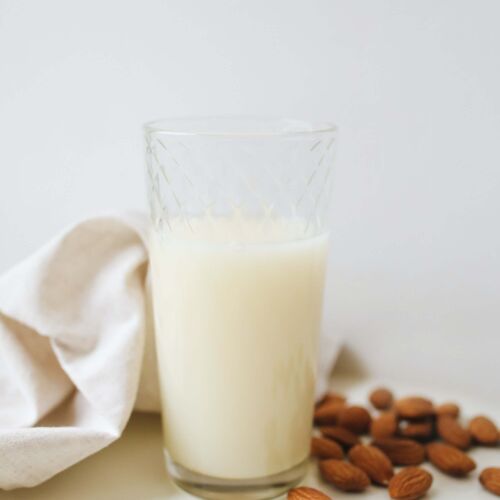Vegan Sources of Protein: Common Questions Answered
by Dawid Furman

Protein is a vital nutrient for our health with important functions such as building and repairing body tissue as well as being a source of energy.
Canada’s Food Guide was adapted in 2017 to include a quarter of the plate of protein rich foods per meal with a new emphasis on plant-based protein options.
Plant-based proteins tend to be more affordable, easier to cook, and taste good while at the same time providing adequate protein intake.
In terms of nutrition, plant-based proteins tend to be high in fibre and phytonutrients, which greatly benefit health. Studies show that plant-based diets are associated with improved body composition and effective protection against many chronic diseases, such as heart disease, type 2 diabetes, hypertension, certain cancers, and obesity.
What’s the Nutritional Difference Between Plant and Animal Protein?
Animal sources of protein are complete, meaning they contain all of the essential amino acids. In contrast, plant-based protein sources are incomplete, meaning that these sources independently do not contain all the amino acids we need for health since they generally lack one or two essential amino acids.
If eating vegan, it is important to add a variety of plant-based proteins to your diet to get all essential amino acids for health.
| Animal Protein Sources | Plant Protein Sources |
| Complete protein source | Incomplete protein source |
| Each source contains all essential amino acids | Each source does not contain all essential amino acids. They generally lack one or two essential amino acids |
| Sources do not need to be combined to be complete and meet our dietary needs | Sources must be combined through a dietary pattern with a variety of plant-based sources |
| For example, Chicken, Beef, Poultry, Fish, and Pork | For example, Legumes and Grains |

Can I Get Enough Protein from Vegan Sources?:
A common question is whether a person can get enough protein from plant-based sources. The answer is yes! Here is the protein content of some common food sources.
| Food | Portion | Protein content |
| Peanuts | 1 cup | 37g |
| Soy beans | 1 cup | 28g |
| Nuts and Seeds | 1 cup | 28g |
| Lentils | 1 cup | 18g |
| Edamame | 1 cup | 18g |
| Beans | 1 cup | 15g |
| Soy Veggie Burger Patty | 1 patty | 12g |
| Tofu | 1 cup | 10g |
| Soy Milk | 1 cup | 10g |
| Peas | 1 cup | 9g |
To help make sense of this chart it is helpful to know that the Recommended Dietary Allowance (RDA) for protein, is 0.8 g protein per kilogram of body weight. Keep in mind that the RDA is the amount of a nutrient required to meet baseline nutritional requirements, not the specific amount your body needs.
If you are interested in calculating your daily protein needs, you multiply your weight in pounds by 0.36, or you can use this online calculator.
Or if you prefer, you don’t need to run around with a calculator, a practical approach to getting enough protein would be to focus on making a quarter of your plate protein rich foods at a meal, and include quick easy protein with snacks, e.g. adding peanut butter or hummus to whole grain crackers.
There you have it, a rundown of questions of plant-based proteins.
Find a Registered Dietitian that can support your health goals here.
About The Author: Dawid Furman is a 4th year nutrition and exercise science student in South East Technological University, Ireland
Reviewed by: Lindsey Mcgregor, RD
“The Site is not intended to be a substitute for professional advice. Under no circumstances will we be liable for any loss or damage caused by your reliance on information obtained through the Site. You are responsible for evaluating the accuracy, completeness, or usefulness of any information, opinion, advice, or other content available through the Site. Please seek the advice of professionals, as appropriate, regarding evaluating any specific information, opinion, advice, or other content. Never disregard professional advice, including medical advice, or delay seeking it because of something you have read on this Site.”



